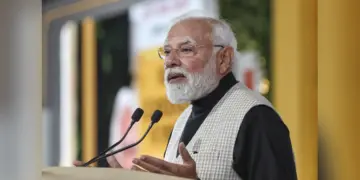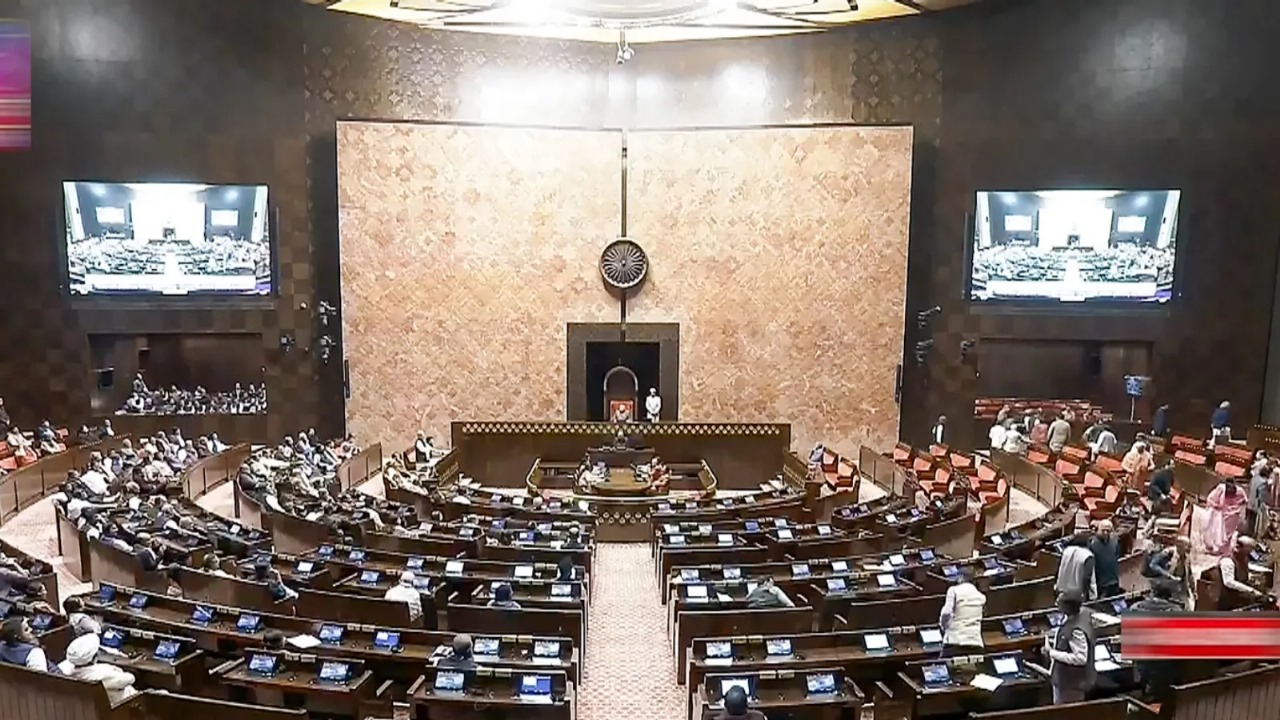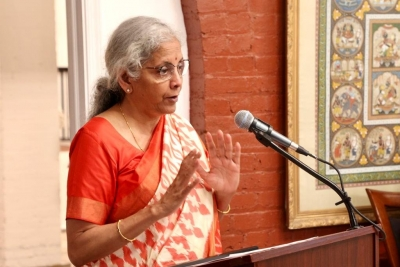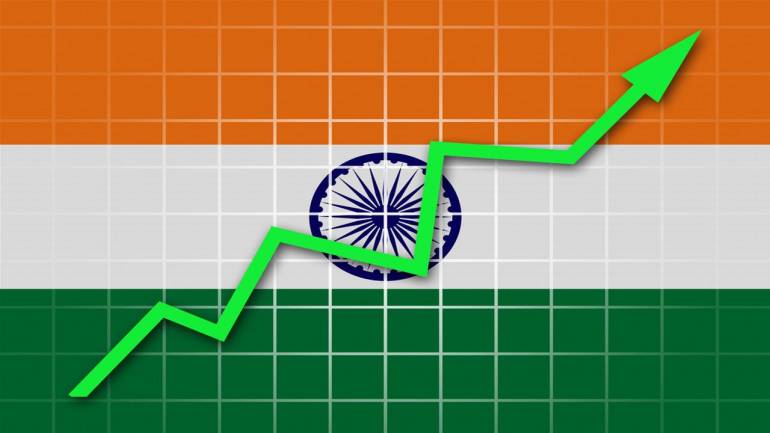New Delhi: Indian economy is likely to grow at 6.5-6.8 per cent this fiscal and slightly higher between 6.7-7.3 per cent in FY2026, boosted by domestic consumption, Deloitte said on Sunday.
Deloitte India Economist Rumki Majumdar said the growth in the first half of the fiscal year 2025 turned out to be slower than estimated as election uncertainties followed by disruptions in activity due to heavy rainfall and geopolitical events weighed on domestic demand and exports.
However, India continues to show resilience in certain pockets that are worth noting — be it in consumption trends, services growth, the rising share of high-value manufacturing in exports, or the capital market.
The government’s continued focus on infrastructure development, digitisation, and attracting FDI will be the additional growth booster, enhancing overall efficiency. “We remain cautiously optimistic and expect the growth rate to remain between 6.5 and 6.8 per cent this fiscal year and slightly higher between 6.7 and 7.3 per cent in FY2026,” Majumdar told PTI.
Earlier this month, the Reserve Bank of India cut its growth forecast for the current fiscal to 6.6 per cent from 7.2 per cent projected in June. Deloitte said manufacturing exports in high-value segments like electronics, semiconductors, and chemicals reflect India’s strengthening position in global value chains.
Meanwhile, capital markets have shown stability despite significant FII outflows over the past two and a half months, thanks to rising participation from retail and domestic institutional investors. “We anticipate several of these trends to persist through 2025. We believe domestic consumption will remain the cornerstone of India’s economic growth, with both rural and urban demand playing key roles. “A myriad of factors, such as improved agricultural incomes, targeted subsidies, social welfare programmes, government employment initiatives, advancements in digitisation, and stronger services sector growth will help broad-base consumption spending,” Majumdar said.
India will have to ride out the rough patch, as several global headwinds pose challenges. Geopolitical tensions, trade disputes, supply chain disruptions, and the escalating impact of climate change could weigh heavily on growth and long-term economic stability, she added. Anticipated policy changes and trade restrictions in the US could impact export demand and capital flows into the country. Besides, central banks in the West may not go for as many rate cuts next year if inflation starts moving north. Tighter global liquidity will likely limit the RBI’s ability to manoeuvre monetary policy.
Majumdar said over the next few years, India’s growth will hinge on its ability to economically decouple from global uncertainties. “The Indian economy has the opportunity to turn the lime into lemonade by focusing on three factors. The first would be to build on its own strengths. Harnessing the demographic dividend and growing middle-class wealth through investments in workforce development and employability will drive consumption, reduce skill gaps, boost the labour market, and strengthen capital markets,” she said.
The second would be the emphasis on building a self-reliant manufacturing sector that will not only meet India’s rising domestic demand but also integrate with the global value chain. Also, by advancing digitally delivered services and targeting high-value segments of global value chains, India can capitalise on opportunities, even amid nearshoring and deglobalisation trends.
All eyes will be on the upcoming budget that could set the tone for these priorities, outlining strategic investments and policy measures that prepare the workforce for the future, helping India translate demographic dividend into a competitive advantage, drive self-reliance, and enhance India’s positioning in manufacturing and global value chains, Majumdar added.




